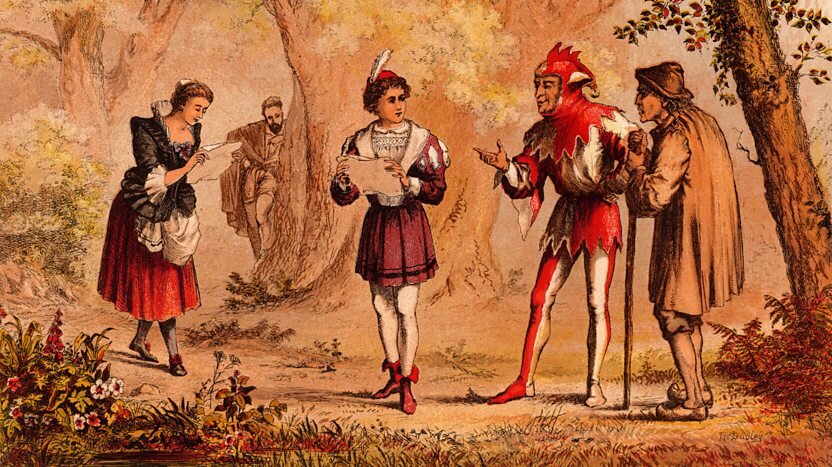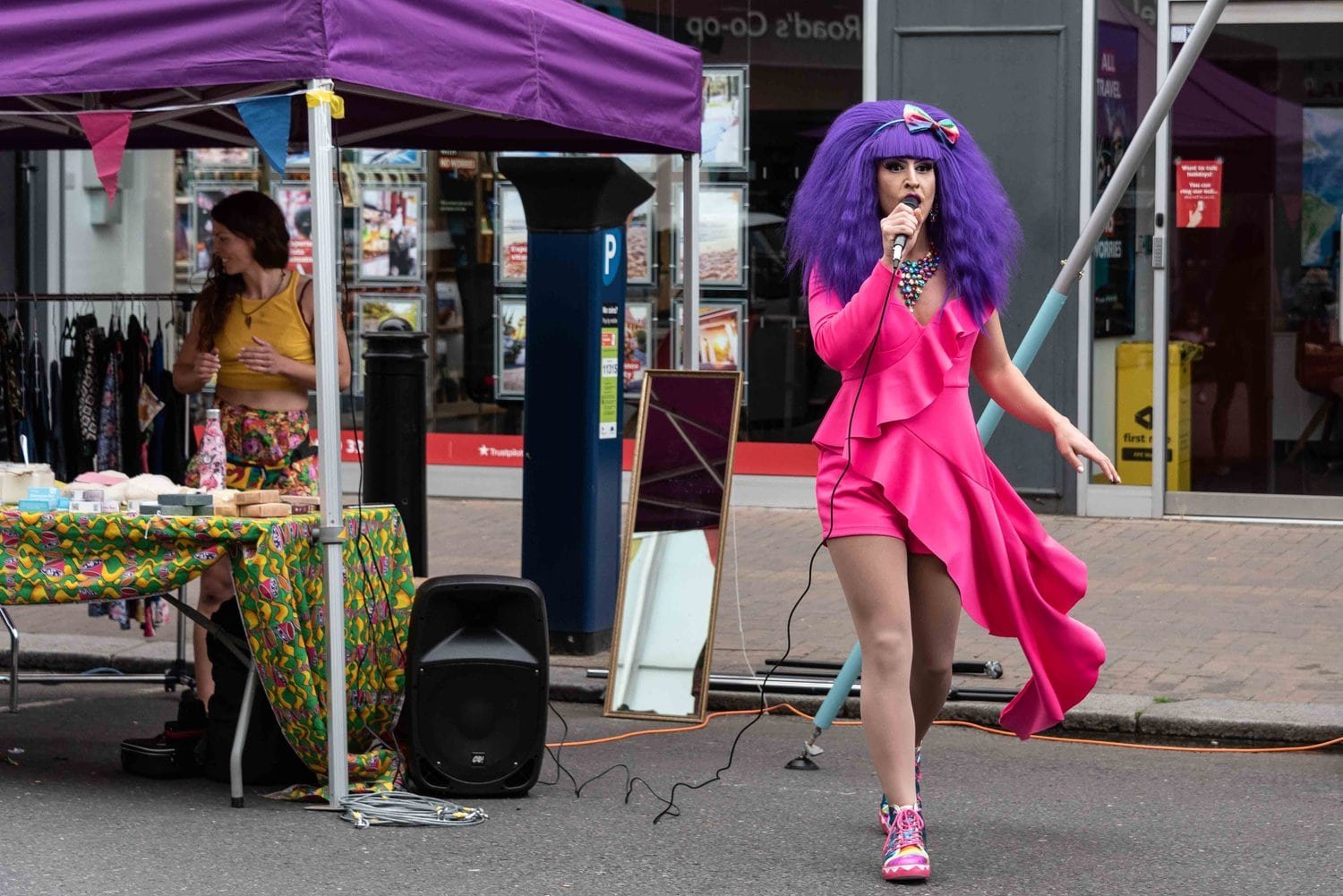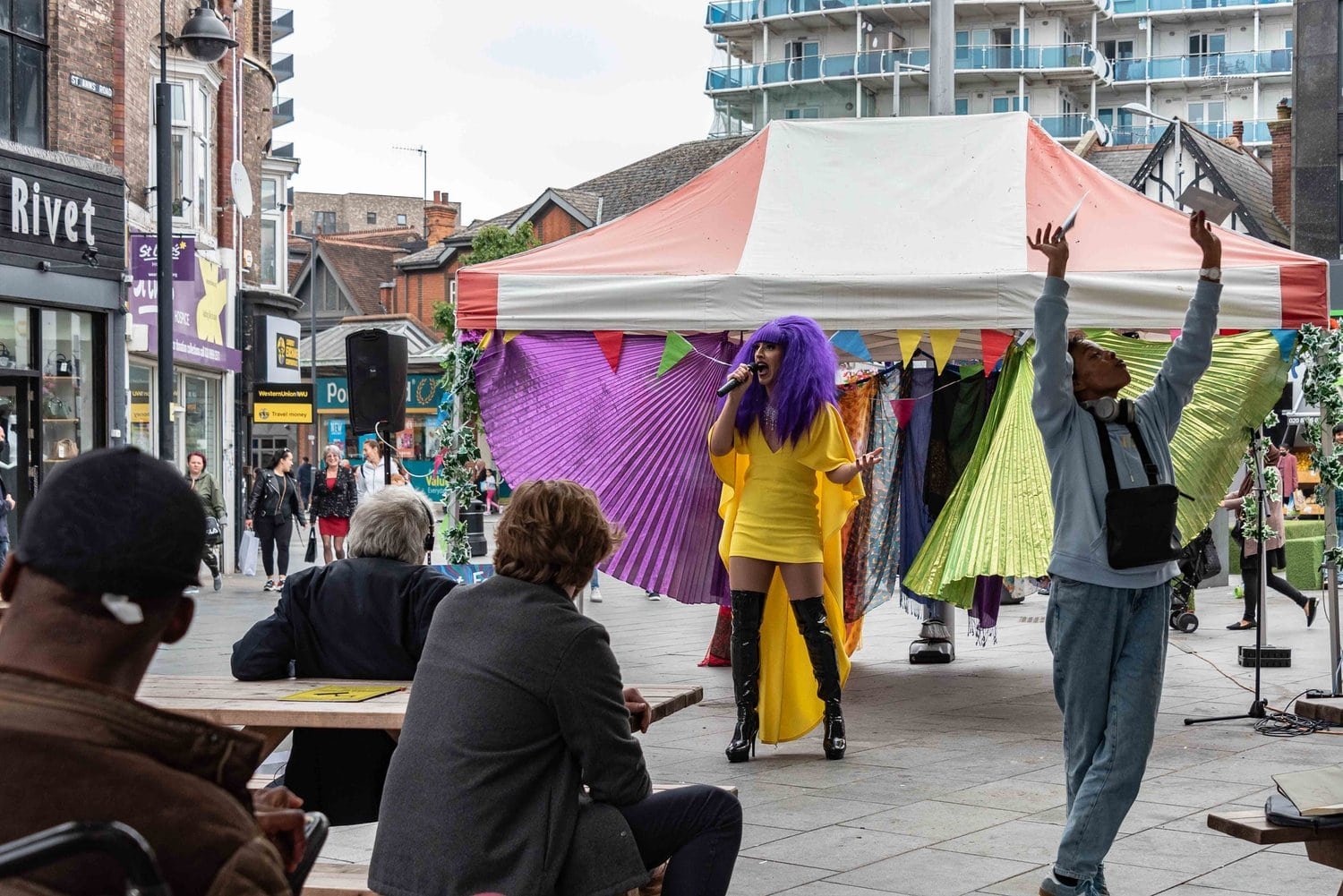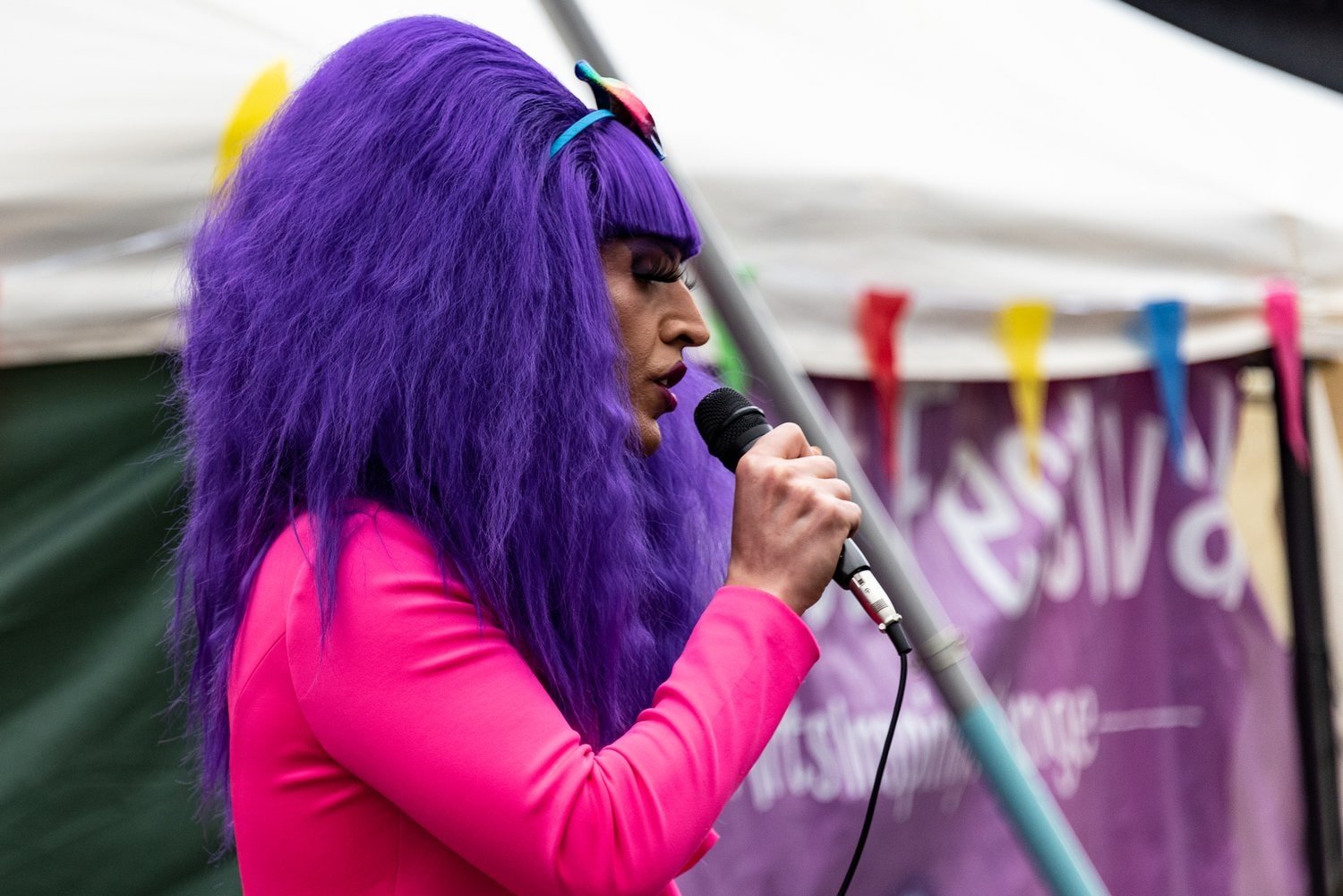The History of Drag Queens
Here we’ll take you through the history of drag queens, from Shakespeare to modern day…
If you fancy catching a performance, check out our events page for our next drag queen show in London.
Our mission at Impact Festival is to make sustainable living fun! We host awesome sustainability events, talks at the pub, and shows with fabulous circus, dance and drag performers; we also have lovely online resources on how to be more sustainable.
It’s an arts and sustainable living mash up! Sign up to our newsletter for announcements…
History of drag
Drag Queen - Crayola
Impact Festival’s resident Drag Queen
The history of drag queens
The beginnings of drag queen history
How did this beautiful art start? Drag began in the age of Shakespearean theatre, during the late 16th century. At the time, the church was heavily connected to the stage and only allowed men to perform, and so it was that any female roles were played by the men in the cast dressed as women.
back to top - history of drag queens
The origin of the term drag
The fabulousness that is RuPaul is now a household name, but why were those queens originally called drag? This also goes back to Shakespearean theatre. The dresses men wore to play female characters would drag along the floor and tada! Drag was born into our vocabulary!
Of course, the ban of female actors as the origin of this art form isn't exactly in the spirit of what we call drag today. The true essence of drag is as a way for people to express a different side of themselves, over-exaggerating feminine looks, style and body language to create an alternative persona.
back to top - history of drag queens
The first drag queen
The official first drag queen arrived in the 18th century. Princess Seraphina, aka John Cooper, was a gentleman's servant, and a messenger for mollies (gay men). John was a well known crossdresser around London and even answered to Princess Seraphina when he wasn't wearing women’s clothes. In the 18th century men could be hung if found participating in homosexual acts; however there are thankfully no reports of Seraphina ever being arrested.
Mary Poplet was the landlady of the Two Sugar Loaves on Drury Lane and gave this account of the princess:
“I have known her Highness a pretty while, she us'd to come to my House from Mr. Tull, to enquire after some Gentlemen of no very good Character; I have seen her several times in Women's Cloaths, she commonly us'd to wear a white Gown, and a scarlet Cloak, with her Hair frizzled and curl'd all round her Forehead; and then she would so flutter her Fan, and make such fine Curt'sies, that you would not have known her from a Woman: She takes great Delight in Balls and Masquerades, and always chuses to appear at them in a Female Dress, that she may have the Satisfation of dancing with fine Gentlemen. Her Highness lives with Mr. Tull in Eagle-Court in the Strand, and calls him her Master, because she was Nurse to him and his Wife when they were both in a Salivation (salivation was a mercurial cure for syphilis); but the Princess is rather Mr. Tull's Friend, than his domestick Servant. I never heard that she had any other Name than the Princess Seraphina.”
back to top - history of drag queens
The early 20th-century drag queen
In the early 1900s, drag became more about the individual, and the queens built up their own fanbases. One of the most popular was Julian Eltinge. Eltinge emerged from the world of vaudeville in the UK. He became hugely popular and had many fans convinced she was not a character, but a genuine actress. At the end of the performance, he would remove his wig and reveal his gender to the crowd, often to cries of disbelief. Eltinge’s career was becoming increasingly successful, until sadly variety acts fell out of favour in the 1930s.
And there we have it folks! The challenging origins of the gorgeous queens that entertain us on stage and screen today!
back to top - history of drag queens
Impact Festival events and resident drag queen
We host awesome sustainability events, talks at the pub, and shows with fabulous circus, dance and drag performers; we also have lovely online resources on how to be more sustainable.






